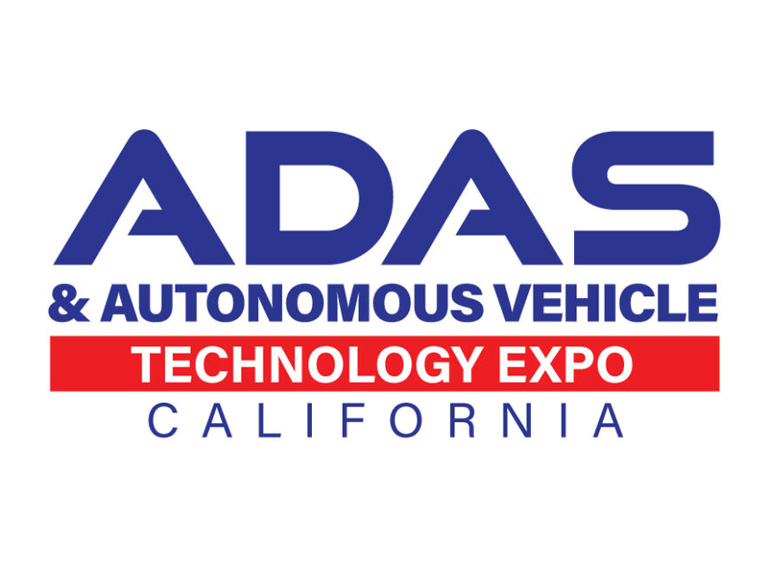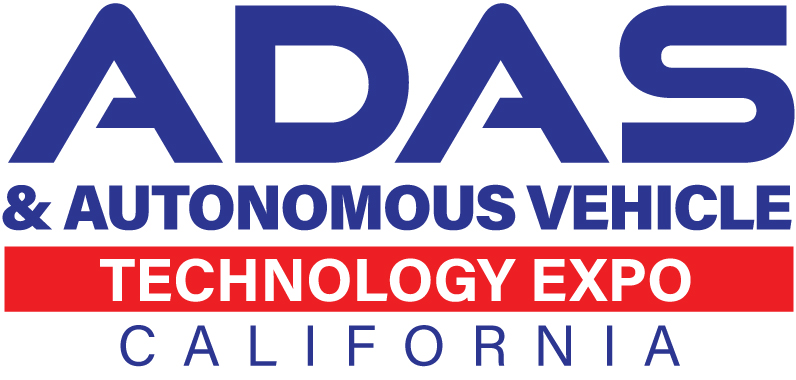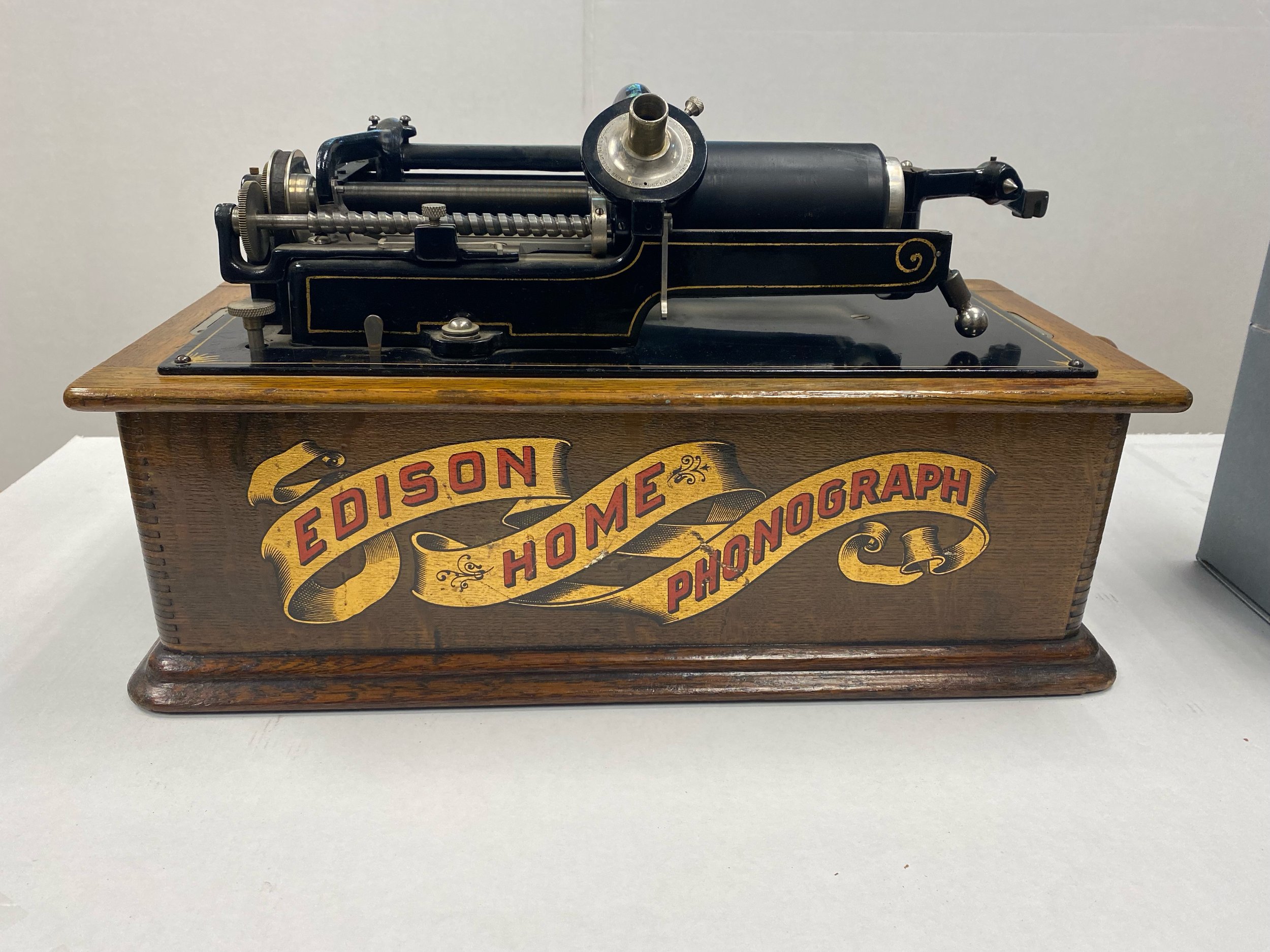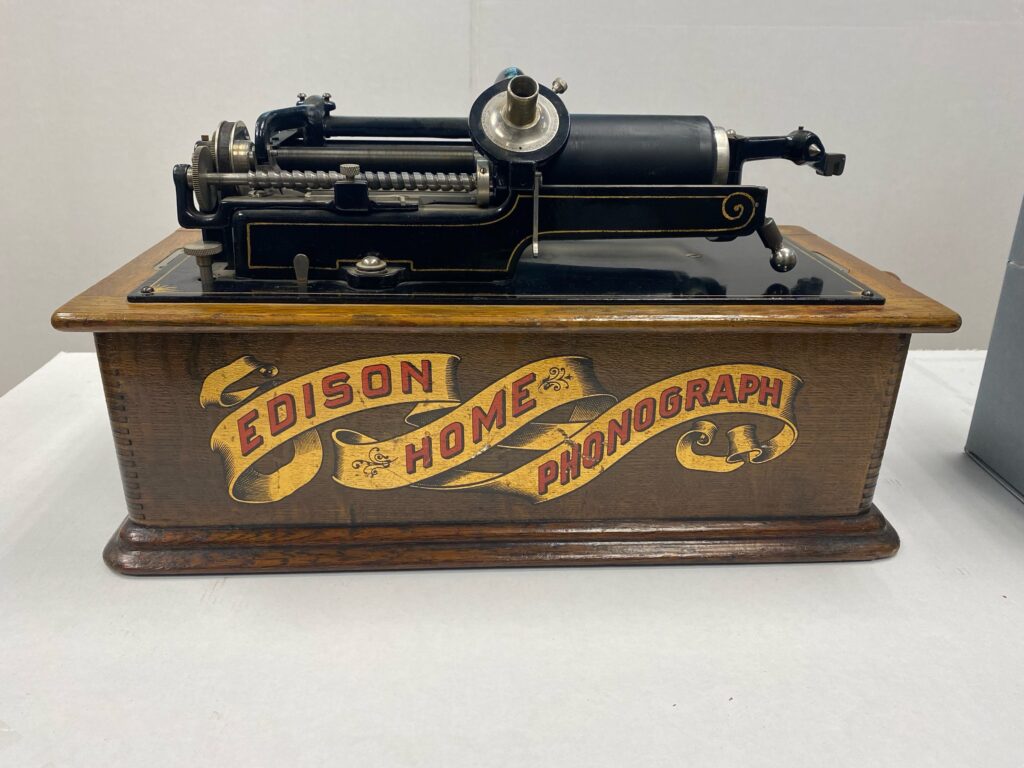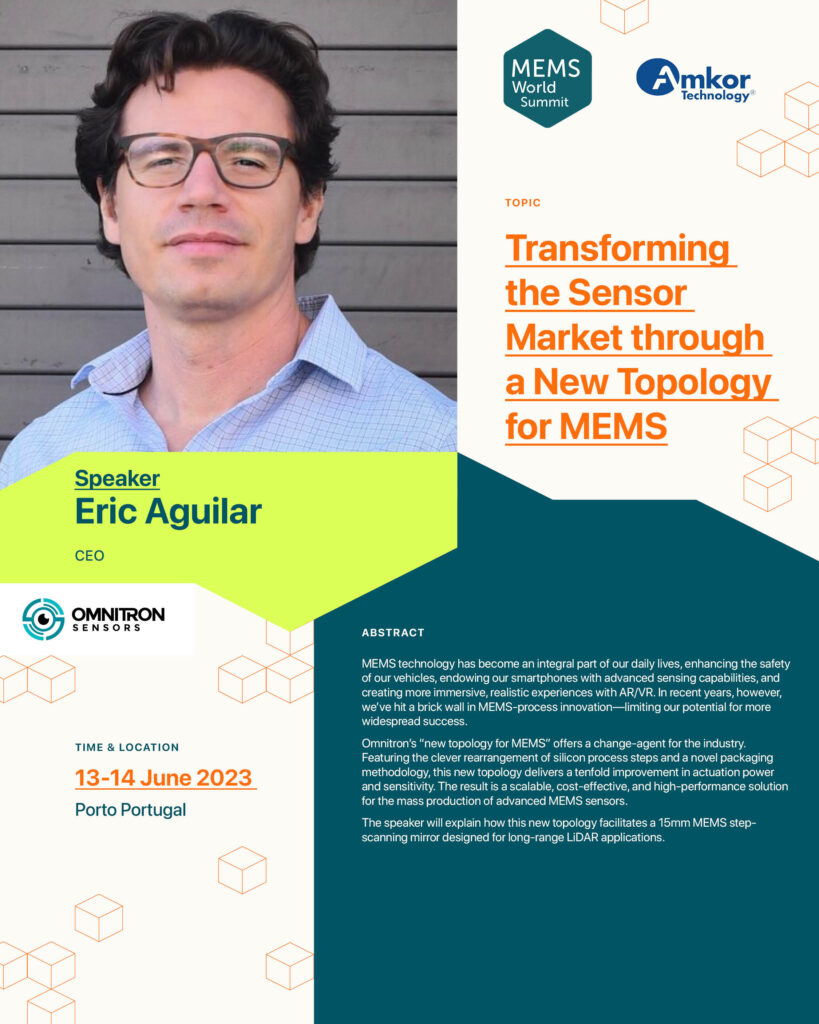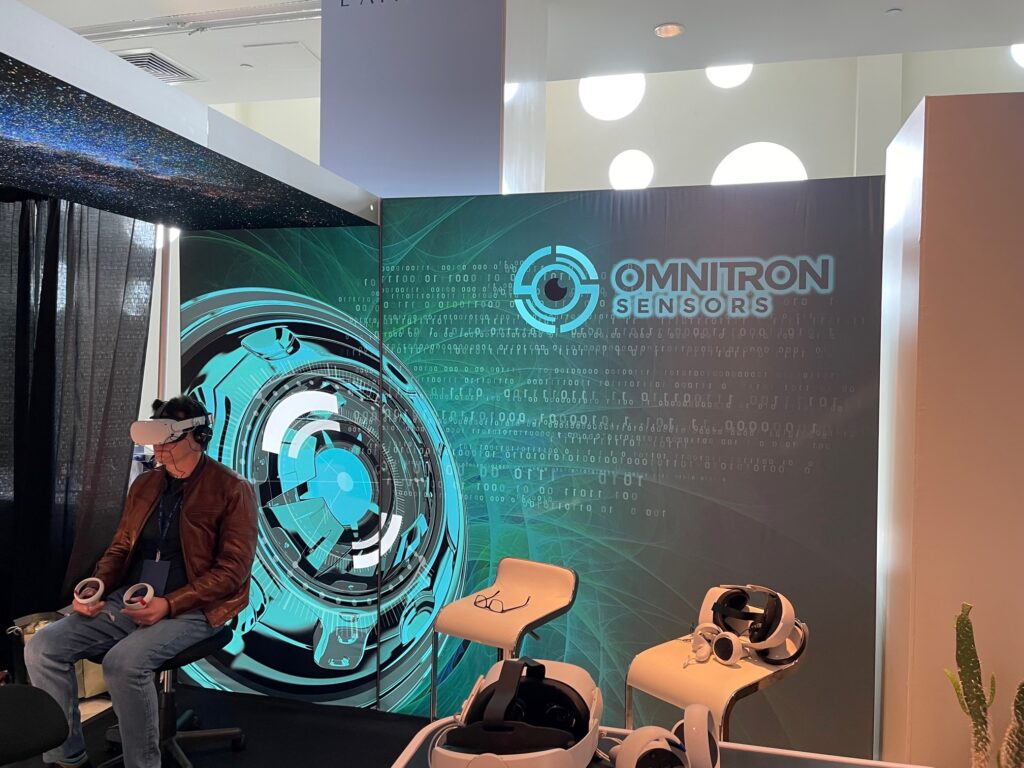
The vibe at L’ATTITUDE 2023—the largest business event in the country exploring the ways in which the U.S. Latinx cohort is driving the growth of The New Mainstream Economy—was nothing short of electric. More than 8,000 executives, business leaders and entrepreneurs gathered in Miami to interact with the four L’ATTITUDE partners, Sol Trujillo, Gary Acosta, Emilio Estefan, and Oscar Munoz, each of whom has blazed a path in his chosen profession. Attendees also tuned into a world-class line-up of C-suite speakers from firms such as Accenture, Wells Fargo, Bank of America, NBCUniversal News Group, JP Morgan Chase, United Airlines, and too many others to list here.
L’ATTITUDE 2023 was especially memorable for Omnitron Sensors, which was one of two L’ATTITUDE Ventures’ portfolio companies selected for a booth activation during the event. Omnitron Sensors CEO Eric Aguilar and the Omnitron team showcased the company’s LiDAR sensor technology through a VR demo designed to show event attendees how LiDAR augments environments to enhance the accuracy and safety of autonomous robotic systems.
Eric’s story as a Latino entrepreneur who co-founded a chip company also caught the attention of CNBC’s Squawk Box. Catch his interview here.
One day in the not-too-distant future, Omnitron’s LiDAR sensors will present a 3D environment that’s safer and more affordable for autonomous navigation/operation in cars and delivery drones, in VR gear, in industrial robots, and in other complex electronic devices that need superior machine vision.
Curious how Omnitron Sensors is reinventing LiDAR sensors? Contact us today.

